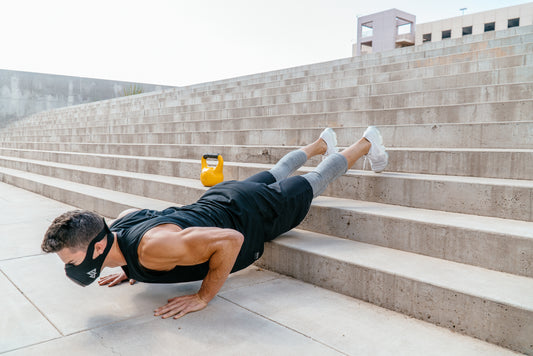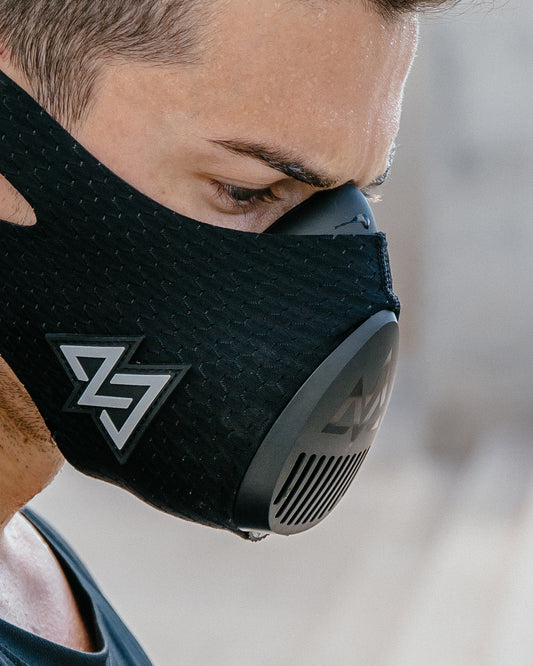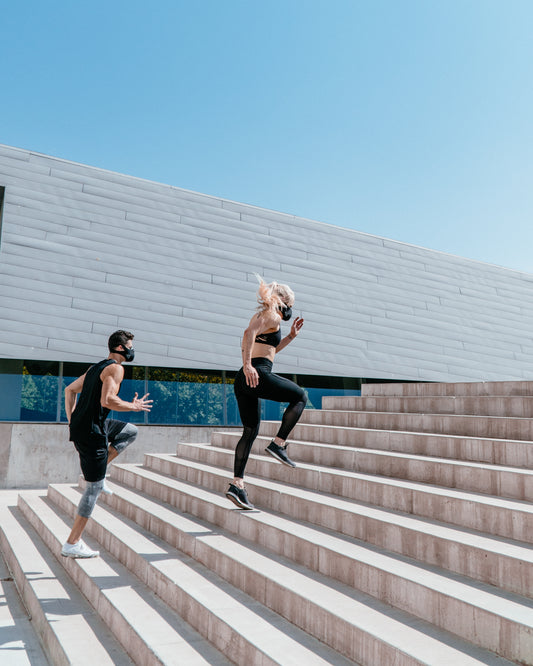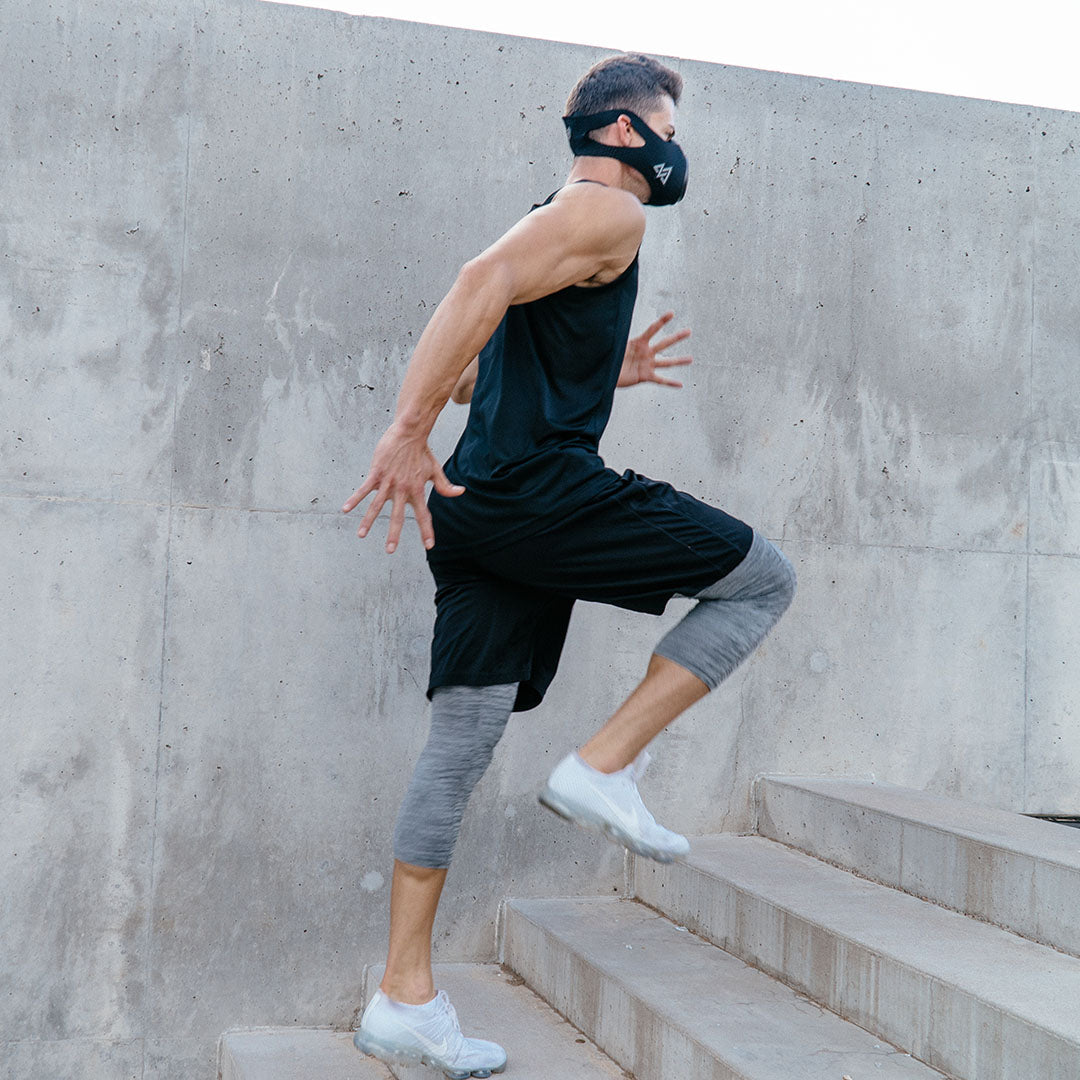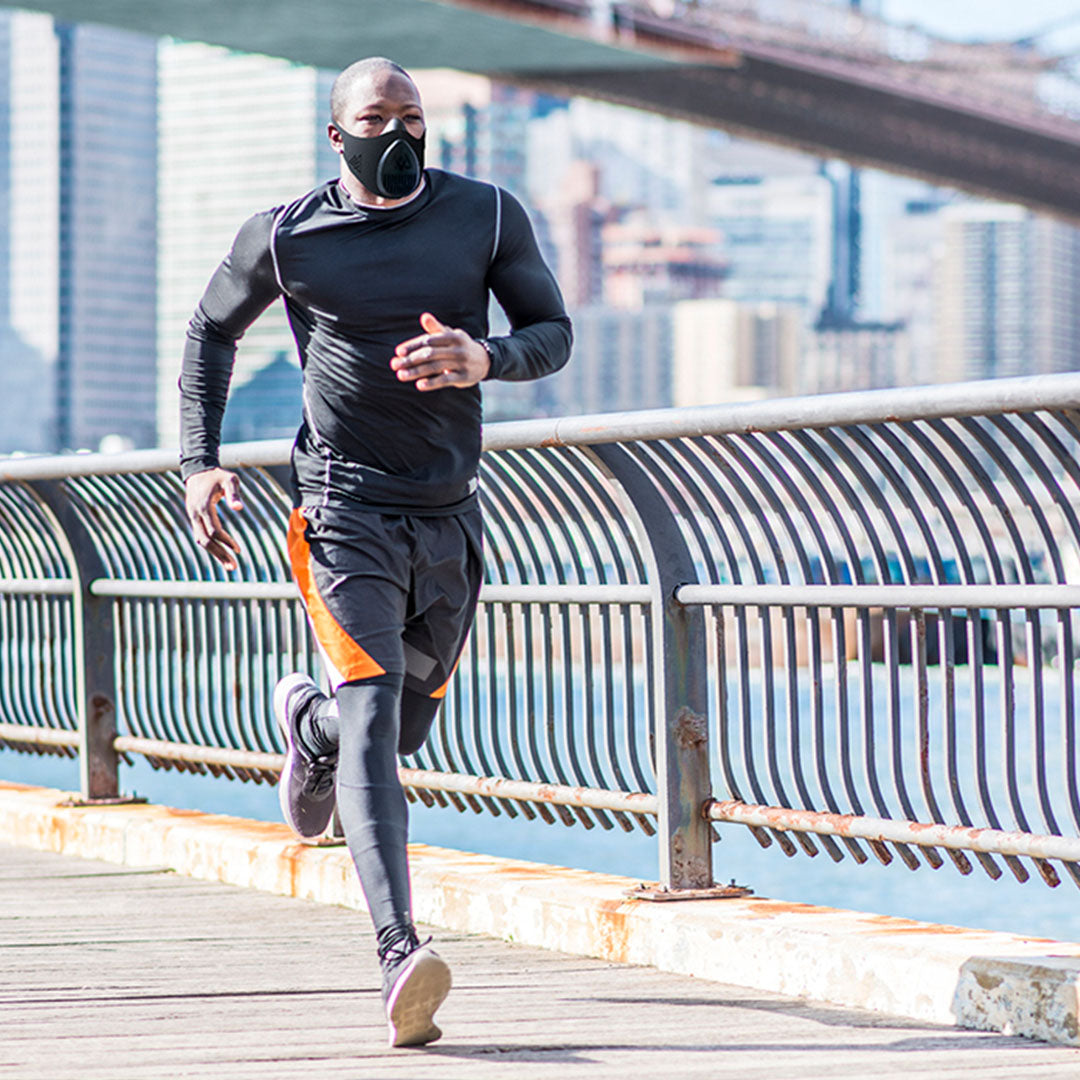The Myth of the Three Metabolic Pathways
The concept of the three metabolic pathways can sometimes blind us to the fact that we continuously operate in all three pathways during high intensity exercise. It’s easy to fall into the trap of thinking that because we are working out for 6-8 minutes at maximum to sub-maximum exertion we are operating in the anaerobic pathway only (absence of oxygen). For those who are unfamiliar with the three primary pathways here is a refresher…
- CP-ATP Pathway: This method of producing energy is the fastest method cells have at their disposal. ATP is the energy all cells use to perform their functions. This energy process recycles the ADP molecule (what is left after ATP is used) with CP (creatine phosphate) to allow a cell to continue to work. Its ‘first gear’ in our body’s transmission to get work started.
- Glycolytic Pathway: Muscle glycogen is broken down into pyruvate through a process called glycolysis. For every gram of glucose broken down via this mechanic, two molecules of ATP are produced. This method of producing ATP is inefficient but fast. There is another tradeoff to using the faster glycolytic pathway during high exertion as well. This tradeoff is the creation of nasty byproducts such as lactate, hydrogen ions, and ammonia. When these critters accumulate faster than the cell can neutralize them, intensity of work, and contractile strength decrease. Oxygen is crucial here, not for energy production, but to neutralize lactate accumulation. When there is not enough plasma oxygen available to buffer muscle lactate, oxygen debt ensues. This is the horrendous sensation of breathlessness and fatigue everyone loves so very much.
- Aerobic Pathway: The aerobic pathway is simply the most efficient means of energy production in the human body. It yields by far and away more ATP than any other pathway. The drawback to the aerobic pathway is that it takes a while to activate and is a slower means for generating ATP. It also produces the least amount of byproducts during respiration as well. The aerobic pathway requires oxygen to spark and maintain energy production as well. It is typically marked by lower power output over longer time frames.
Now we move onto how these pathways get confused in application. Most of those versed in metabolic biomechanics feel that if you work in short burst time frames and/or 4-8 minute high intensity time blocks, that you are basically operating void of oxygen in favor of high output. Nothing could be further from the truth. For example if someone is doing the CrossFit ‘Grace’ workout, and they are in good condition, they will be in the 3 minute to 7 minute range depending on load. Based on this information one would conclude that they are operating primarily in the glycolytic pathway, and they would be correct. However, it is a guarantee that the person doing the workout is not holding their breath for 7 minutes. As a matter of fact, they will more than likely be breathing for their life to account for all of the oxygen debt they are going into. Which brings us to another interesting concept, that of oxygen debt.
Anyone who undergoes high intensity exercise knows that they are breathing very, very, hard as the workout progresses. This is due to the body trying to deal with the lactic acid and hydrogen ions building up in the extremities as well as the blood stream. The cells deal with this by buffering the lactic acid with oxygen during high exertion. There is usually an oxygen surplus in the spleen and blood stream that the body can call upon during exertion to hedge lactic acid buildup and metabolize it. However, this gets spent rapidly depending on our intensity level.
The only way the body can cope with this loss during exertion is to rely on the lungs to meet the rising oxygen demands. This is precisely why respiration increases significantly while under duress. Secondly this increase in ventilation usually carries over into recovery because the oxygen debt needs to get repaid even though exertion has ended. This phenomenon is known as EPOC (Excess Post Exercise Oxygen Consumption). Elevated EPOC post exertion is a hallmark indicator of a sustained duration anaerobic effort. A simple way to view this is in terms of exertion over time. If someone expends 15 minutes worth of energy (for example) in a 7 minute high intensity effort they will still ‘owe’ the body 15 minutes worth of oxygen for the effort. The problem is that depending on the athlete, they cannot pay it fast enough, and pay the price in terms of extreme fatigue. This is in contrast to a lower intensity effort where the athlete uses 15 minutes of energy over a 15 minute time frame. At this intensity level the ventilatory system can meet oxygen demand throughout the activity. As you can see in BOTH cases oxygen is REQUIRED on the gross physiological level.
This brings us to our concluding point in this section regarding the use of the Training Mask during high intensity exercise. Using the Training Mask directly taxes our breathing musculature forcing it to contract more forcefully on each breathing cycle. This creates a training benefit in terms of a more productive inhalation that allows us to inspire more air per breath. If we can bring in more air per breath on each inhalation, we will be able to re-pay our bodies oxygen stores more readily. Deeper and slower respirations are more efficient because they give the lungs time to inflate thereby exposing more blood to air at the alveolar level (the little organs in the lungs that get oxygen into our blood). It is important that we debunk the misnomer that the mask should only be used during endurance training because extra oxygen is only more important during endurance activities when someone is primarily operating in the aerobic pathway. Anytime someone feels like questioning the importance of more oxygen during their workout should try to do 100 burpees continuously and see how hard they are breathing. Remember more oxygen during exertion = higher sustained efforts regardless of intensity.
CO2 Intolerance is DIRECTLY Effecting your Intensity Level Stamina
The second consideration we need to consider in terms of the importance of oxygen during high intensity exercise is that of CO2 intolerance. There are chemo-receptors throughout our body (with the densest concentration being in the carotid arteries in the neck) that tell the respiratory center within our brain how much CO2 is accumulating in the body. It is a common misconception that lack of oxygen is what drives the sensation of needing to breathe. While oxygen sensitivity does play a role, these chemoreceptors are much more sensitive to elevated CO2 in the blood. Elevated CO2 levels tell the respiratory center in the brain that the body’s cells are at a higher energy output and are creating excess CO2 byproducts. Depending on the concentration of CO2 in the serum, this part of the brain will turn on the ‘hey breath harder alarm’. If CO2 continues to build the ‘hey stop or you are going to die feeling’ will take hold of us. In most instances during activity dieing is not going to occur, but depending on how hard you are working, it’s easy to feel like dying if you don’t take a break for a second. The body has a VERY strong drive to crave a break if intensity is very high because of oxygen debt signaled by elevated CO2 concentrations. Fighting this drive can literally feel like the fight of your life if you are working out hard enough. High level athletes have conditioned themselves (depending on sport of course) to fight through this agonizing sensation by being able to sustain efforts in the face of the respiratory center of the brain sounding the CO2 alarm. The next question that begs to be asked is how can someone improve CO2 tolerance?
Improving your CO2 Tolerance
One way in which we can improve CO2 tolerance is too simply weather the storm of high intensity workouts and be patient. But this tactic can only get us so far depending on our own individual willpower. Another way is to use the Training Mask during our high intensity workouts to over induce an elevated CO2 state so that we can then enjoy a carryover effect when we perform the same workout without the mask on. The Mask gives a twofold benefit in terms of CO2 tolerance training. The first of which has to do with the concentration of CO2 in the re-breather during respiration. Each time we exhale into the mask during a breath, the net CO2 concentration is higher than that of the atmospheric air because the air in the mask doesn’t dissipate as fast as it would if you were wearing no mask at all. This exposes the body to higher CO2 throughout the workout than it would get if you did not wear the Training Mask. Secondly it stresses the inspiratory muscles to take much deeper breaths due to the fact that the CO2 concentrations in the blood are higher than they would normally be that particular workout. This gives us the added benefit of training ourselves to take stronger and deeper breaths while we are under load. Here is a challenge to our CrossFitting brethren who regularly take on high intensity workouts. Find a workout you are having a heck of time PR-ing in such as ‘Helen’ for example. As you attack your ‘Helen’ weakness, work on gradually increasing the air resistance level of the mask (until you reach max elevation) during each successive ‘Helen’ attempt. Once you reach a point where you can come close to matching your best time with the mask at max elevation, perform your next ‘Helen’ workout without the mask and check your time. It is important to note that you will need to use the mask in at least two other high intensity workouts per week to work on CO2 tolerance as well. Only using the mask on your ‘Helen’ workout every two or three weeks will not give you a sufficient training benefit to improve your PR in a specific workout. Give it a try and enjoy the results!


